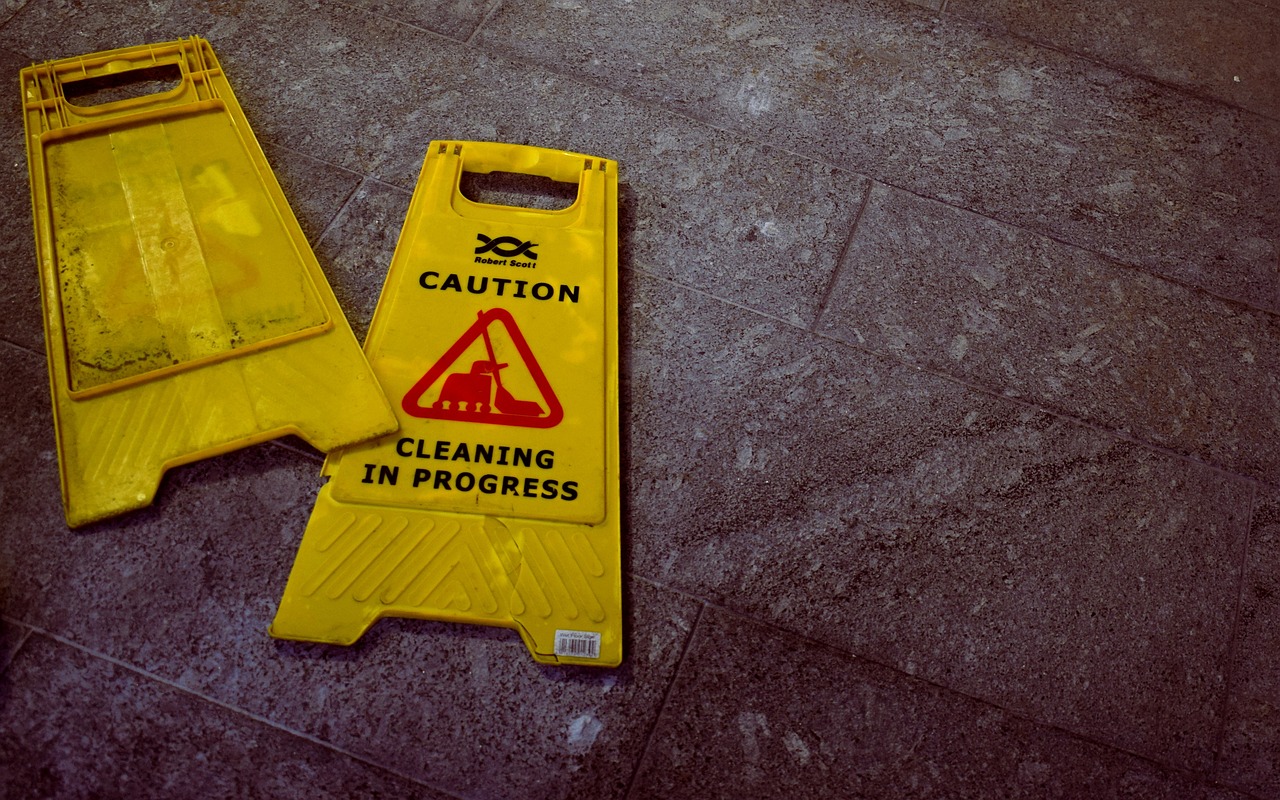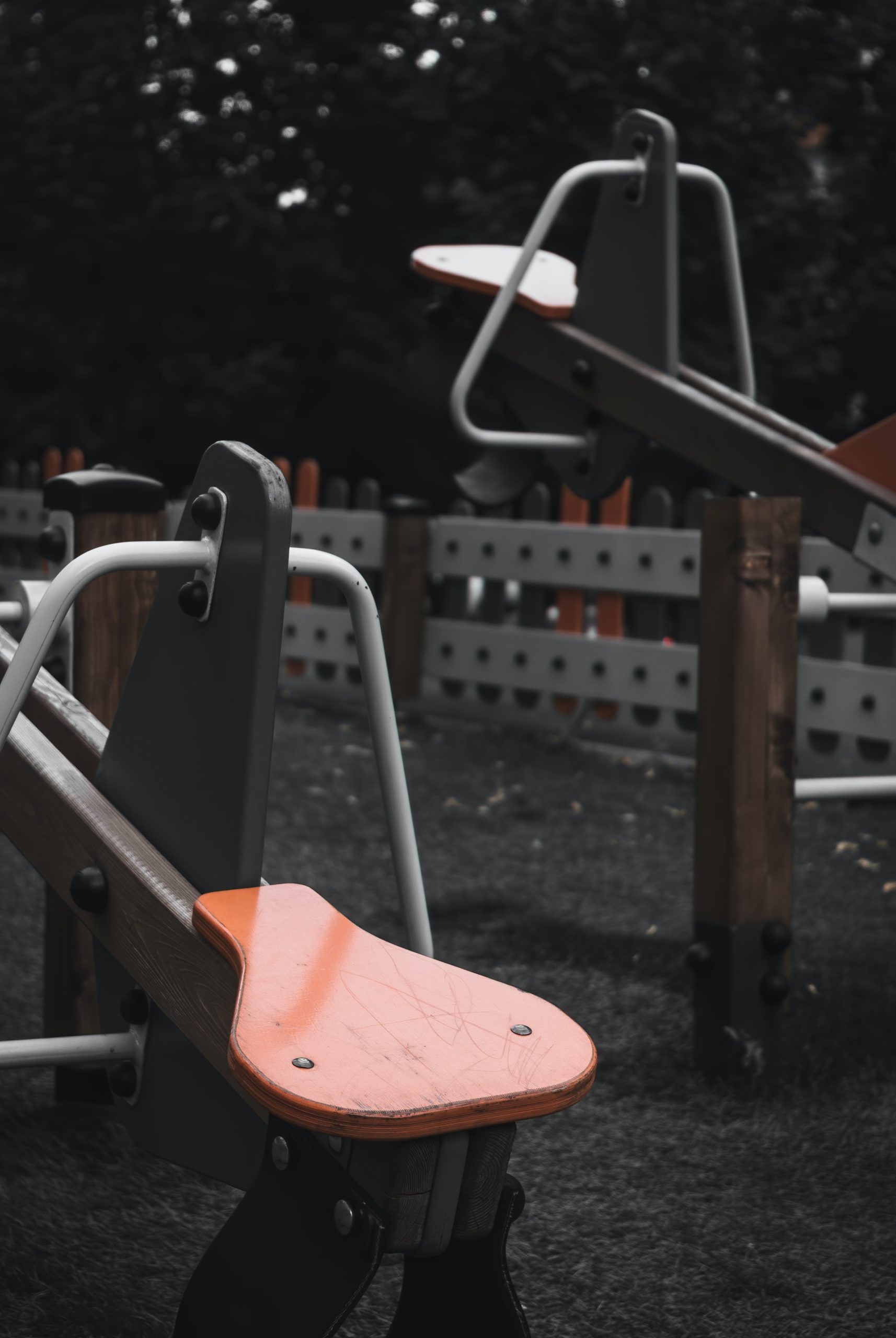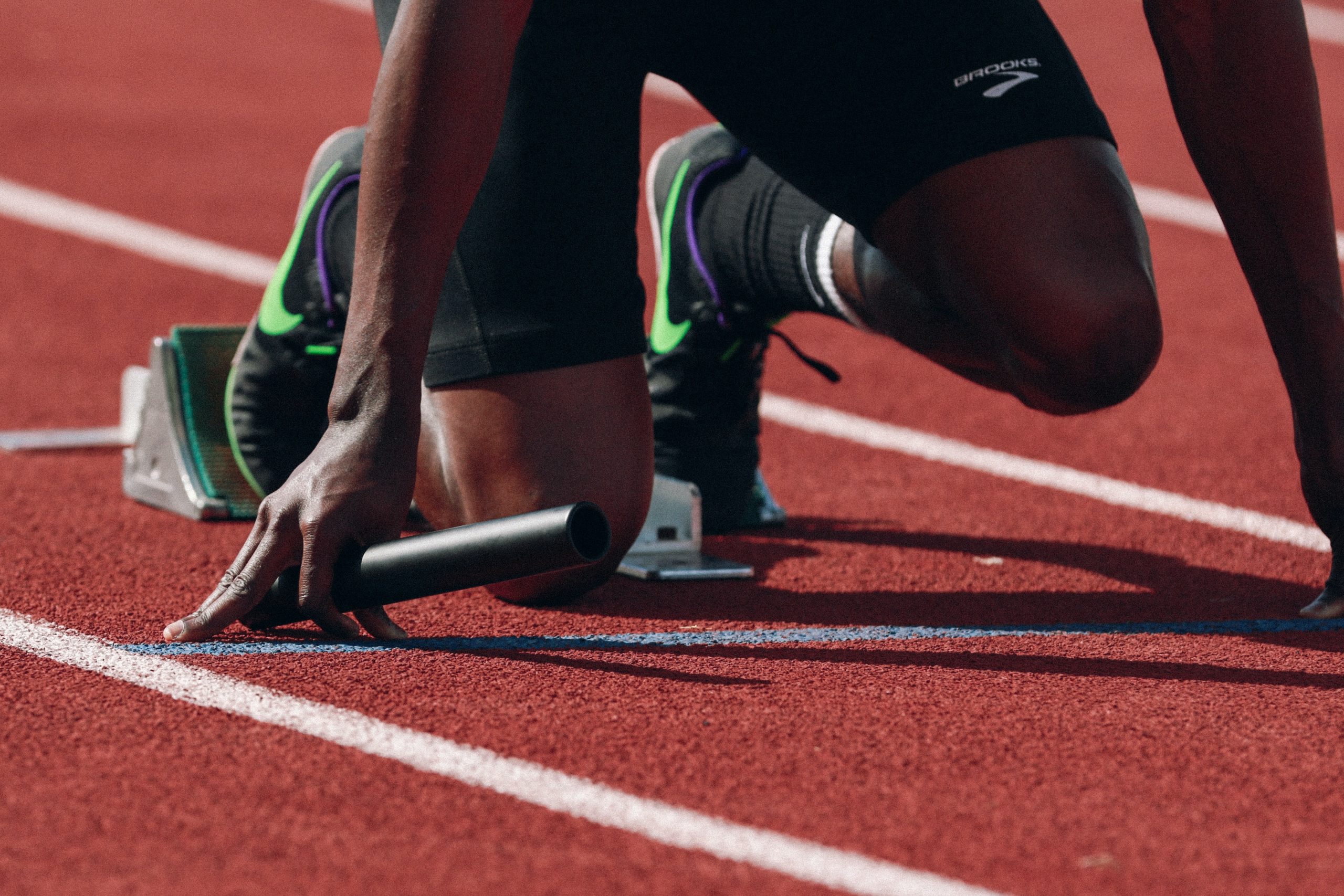Bicycle accidents in tourist destinations present a challenging dichotomy: how can we maintain a thriving tourism industry while ensuring the safety of cyclists? Striking the right balance between these two aspects is crucial for both the well-being of visitors and the reputation of the destination. In this article, we explore the complexities of this issue and discover strategies for harmonizing safety and tourism.
The Impact on Tourism:
Bicycle accidents can have far-reaching consequences for tourist destinations. Beyond the immediate safety concerns, accidents can tarnish a location’s image, discourage potential visitors, and even impact the local economy. Recognizing and addressing these impacts is vital for the sustainable growth of tourism.
Prioritizing Safety Measures:
To create a safe environment for cyclists, tourist destinations must invest in robust safety measures. This includes developing dedicated bike lanes, implementing clear signage, and establishing effective traffic regulations. Additionally, educating both locals and tourists about cycling safety can significantly reduce accidents and foster a culture of responsible cycling.
Inspiring Success Stories:
There are remarkable examples of tourist destinations that have successfully managed to strike a balance between safety and tourism. Cities like Amsterdam, Copenhagen, and Portland have become models for their extensive cycling infrastructure, collaborative initiatives, and progressive policies. By studying these success stories, other destinations can draw inspiration for their own efforts.
Understanding Tourist Behavior:
Tourists often have limited knowledge of local cycling rules and road conditions, which can increase their vulnerability to accidents. By educating visitors about safety precautions, and local cycling regulations, and sharing information on potential hazards, destinations can empower tourists to make informed decisions and reduce the likelihood of accidents.
Collaborative Approach:
Ensuring bicycle safety requires collaboration among various stakeholders, including tourism authorities, local governments, cycling advocacy groups, and businesses. By working together, these entities can pool resources, share expertise, and create comprehensive strategies that prioritize safety while enhancing the overall tourist experience.
Promoting Sustainable Tourism:
Bicycling aligns with the principles of sustainable tourism by reducing carbon emissions and promoting a healthier lifestyle. Destinations can leverage this aspect by encouraging cycling as a preferred mode of transportation, providing bike-sharing programs, and incorporating cycling-friendly policies into their broader sustainability initiatives.
Embracing Innovation:
Innovative solutions and technologies offer promising avenues to enhance bicycle safety in tourist destinations. Smart traffic management systems can optimize cyclist flow, while mobile applications can provide real-time navigation and safety alerts. By embracing such advancements, destinations can bolster safety and improve the cycling experience.
Communicating Safety Efforts:
Effective communication is vital in managing public perception and instilling confidence in cycling safety. Transparent reporting of incidents, swift incident response, and proactive public relations strategies can build trust and demonstrate a destination’s commitment to maintaining a safe environment for cyclists.
A Future of Possibilities:
As technology continues to advance, there are exciting prospects for enhancing bicycle safety. Integration of autonomous vehicles, smart infrastructure, and wearable technologies are just a few examples of future trends that can positively impact cyclist safety in tourist destinations. Exploring these possibilities opens new avenues for innovation and continuous improvement.
Conclusion:
Achieving a delicate balance between bicycle safety and tourism is an ongoing journey for popular destinations worldwide. By prioritizing safety measures, encouraging collaboration among stakeholders, educating tourists, and embracing innovation, destinations can create an environment where cyclists can confidently explore, contributing to a thriving tourism industry and a positive visitor experience. By taking decisive steps toward this goal, we can ensure that the beauty and allure of tourist destinations go hand in hand with the safety and well-being of cyclists.
Consult with Darfoor Law Firm
An experienced lawyer provides you with the opportunity to discuss your situation and gain clarity on your potential avenues for seeking compensation. It’s your opportunity to ask questions, assess the strength of your case, and decide if legal representation is beneficial for you.
If you or a loved one has been injured in an accident due to someone else’s carelessness or fault, Darfoor Law Firm is here to provide support and suggest the best course of action.
Accidents can be difficult to deal with; that is why having someone who understands and empathizes is so important.
Call us at +1-833-DARFOOR for a complimentary consultation and case evaluation.











